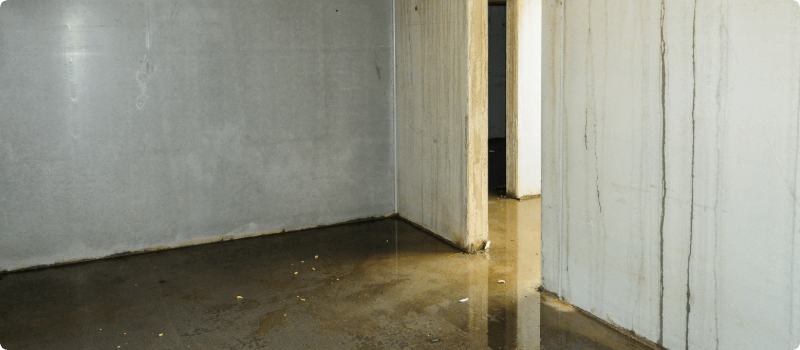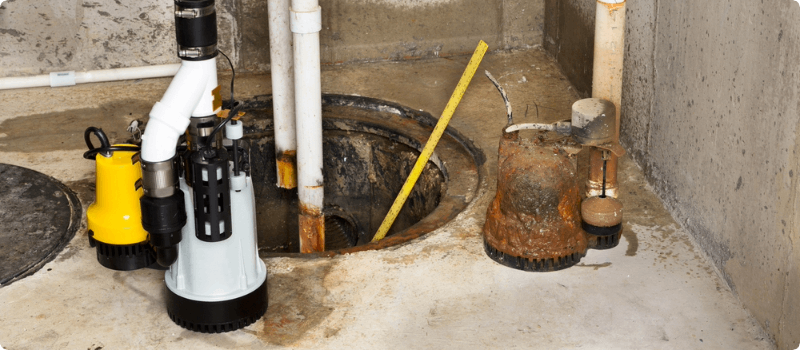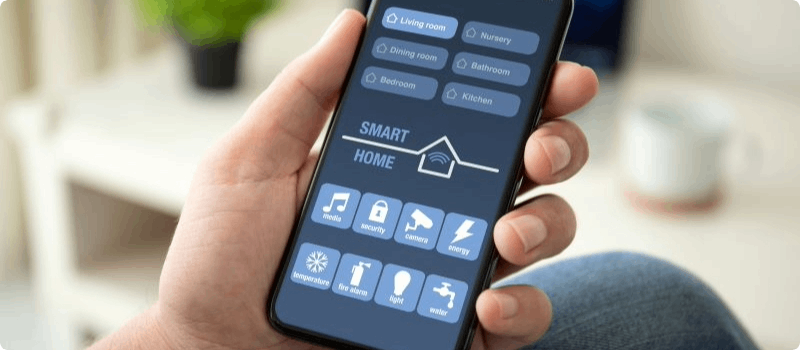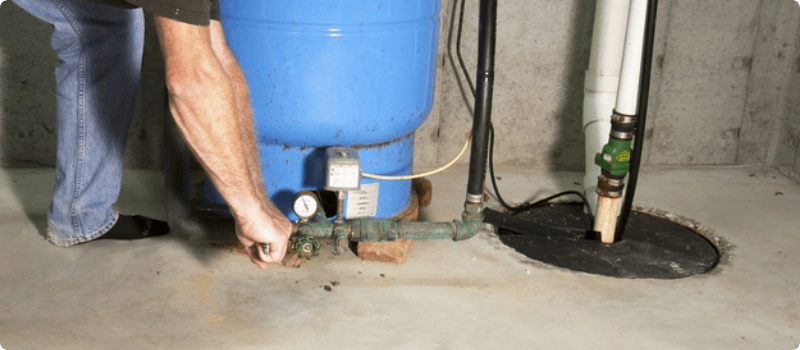
How Long Does A Sump Pump Last?
Updated April 22, 2024 . AmFam Team
Like any home appliance, your sump pump won’t last forever. While their lifespans differ based on several variables, such as quality and usage, they typically last around 10 years.
If you don't maintain your sump pump regularly, you may not notice it's malfunctioning until it stops working. Once it does, it can lead to expensive water damage to your home and belongings. We’re here to help you understand how yours works and what to look for when yours needs replacement.

Common Sump Pump Problems
The following are some common signs that your sump pump may need to be replaced.
The pump won’t engage. This issue usually occurs when the pump is clogged with dirt and debris. Loose-fitting lids can let dust and other material in, which can build up over time. Moreover, the float can become obstructed or jammed when rust and gunk build up around it. Solve the problem by picking up a well-fitting, airtight lid.
The switching systems can get jammed on budget models, and wires may tangle over time, causing the pump to stop working. Get your sump pump inspected regularly by a certified professional to ensure it’s in working order.

The pump’s getting old. When your pump is over 7 years old, it’s time to consider replacement. That's especially true if your sump pump has been working hard and running frequently for long periods.
Rust is clearly visible around the base. When corrosion and rust are present around the motor and the float, bacteria and chemical build-up may damage your system. Iron-loving bacteria can form a thick, gel-like substance on the equipment and, in severe cases, can clog your pump.
The pump rarely turns on. When sump pumps aren’t engaged regularly, their lifespan can be reduced. Keeping a sump pump journal may help you track your sump pump’s performance and maintenance. The log may also help you remember to test it regularly, which may keep it functioning longer.

Your home has frequent power outages. Power outages can cause surges, damaging your home's electric systems, including your sump pump. While you can't usually control power outages, you may be able to help protect your sump pump with a battery backup power system and built-in surge protection technology.
The pump runs constantly. When a sump pump breaks, it may be because it's running too frequently. The float, which acts as a power switch for your sump pump, can lose its calibration if it shifts or changes position within the basin. Pump vibration combined with a bad installation can lead to issues where the float engages the pump too often, leading to the system's eventual failure.
The pump runs for a long time. This problem may indicate that the sump pump's water pumping capacity isn’t high enough to get the job done. Consult with a licensed and bonded plumber to review the specs on your pump and verify that the pump’s capacity isn’t maxed out. Other factors, such as pipe diameter and the number of elbows and turns in pipes, can make outflow difficult for low-horsepower pumps.

Sump Pump Maintenance
Monitoring your sump pump all year is essential to keeping it in good condition. Because sump pumps can be easy to forget, the following tips can help you stay on top of your system's maintenance.

Install a battery backup and second sump. Having a backup sump pump and battery may help you avoid a disaster if your primary system fails. These items may seem costly, but they may be far less expensive than the potential damages a full system failure can cause after an unexpected event.
Moreover, even if you have sump pump insurance, if your primary system has recently failed, you’ll need to have a backup system installed when your policy renews.
Place a “replace by” sticker on the unit. Place a “replace by” sticker on the unit. Because sump pumps typically have a 10-year safe operation window, write your system's installation and expiration (10 years out) dates on a sticker and affix it to your device.

Purchase a WiFi-enabled smart sump pump outlet. Some app-based sump pump outlets may help alert you before disaster strikes. These outlets collect and track data from the sump pump. When an issue is detected, the outlet sends a notification via a smartphone app, email and/or text. Another feature some of these smart outlets boast is a high-water sensor, which is mounted within the basin of your sump system to warn you before your system floods.

Check in on your sump pump frequently. When testing your sump, examine your system's condition and detail these inspections in your log entries. It's also essential to create appointments in your calendar for seasonal maintenance by a professional; your logs may even help them diagnose issues earlier.

Sump Pump Protection
Water damage due to sump pump failure can be costly. However, our water damage and sump pump failure coverage may help mitigate the cost of repairs caused by water leaking into a home due to a backed-up drain or an overflowing sump. This additional coverage can easily be added on for a fraction of what it would cost to repair and replace water-damaged items in your home.
While considering your sump pump options, remember to check in with your American Family Insurance agent. They can help you get a customized policy that insures everything you’ve worked so hard for.
This information represents only a brief description of coverages, is not part of your policy, and is not a promise or guarantee of coverage. If there is any conflict between this information and your policy, the provisions of the policy will prevail. Insurance policy terms and conditions may apply. Exclusions may apply to policies, endorsements, or riders. Coverage may vary by state and may be subject to change. Some products are not available in every state. Please read your policy and contact your agent for assistance.
*Customers who bundle home and auto insurance policies may save up to 23% on both policies together (as of December 2023). Discounts may vary by state, property, policy form and company underwriting the home and/or auto policy. Discounts may not apply to all coverages on a home or auto policy.
Tools & Resources
NextScripts
JSS component is missing React implementation. See the developer console for more information.

